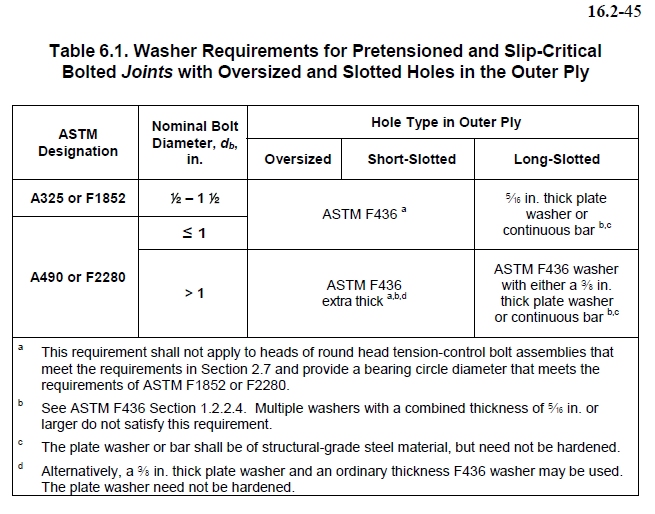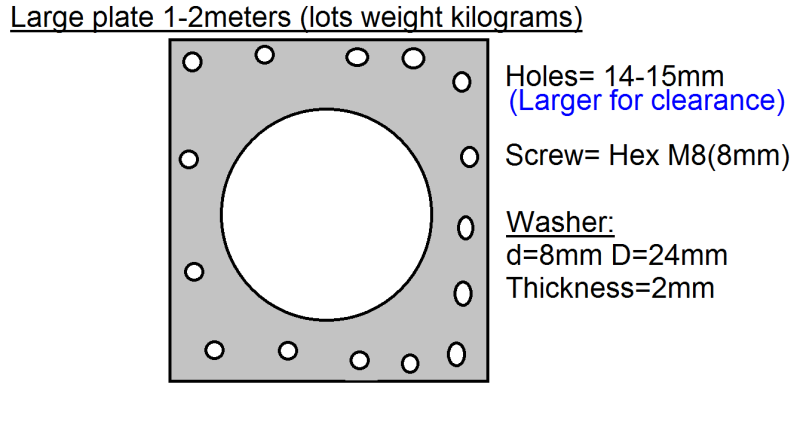Kall545
Agricultural
- Oct 12, 2016
- 28
Hi
What size large diameter washer can I use with which right hole+bolt combination without bending/deforming the large washer ?
I'm talking about those small hole washers that have large outside diameter and tend to bend/turn conical when used in too large holes...and wondering what is the right size washer+hole+bolt combination to use without deforming the washer ?
I have a bolt size 8mm and hole is 14mm so which washer size do I use 16mm or 24mm ?

What size large diameter washer can I use with which right hole+bolt combination without bending/deforming the large washer ?
I'm talking about those small hole washers that have large outside diameter and tend to bend/turn conical when used in too large holes...and wondering what is the right size washer+hole+bolt combination to use without deforming the washer ?
I have a bolt size 8mm and hole is 14mm so which washer size do I use 16mm or 24mm ?



